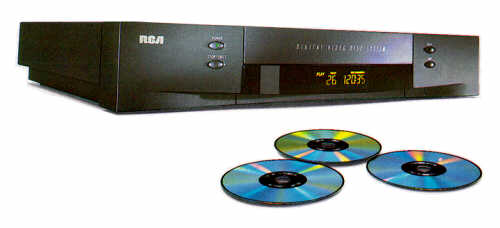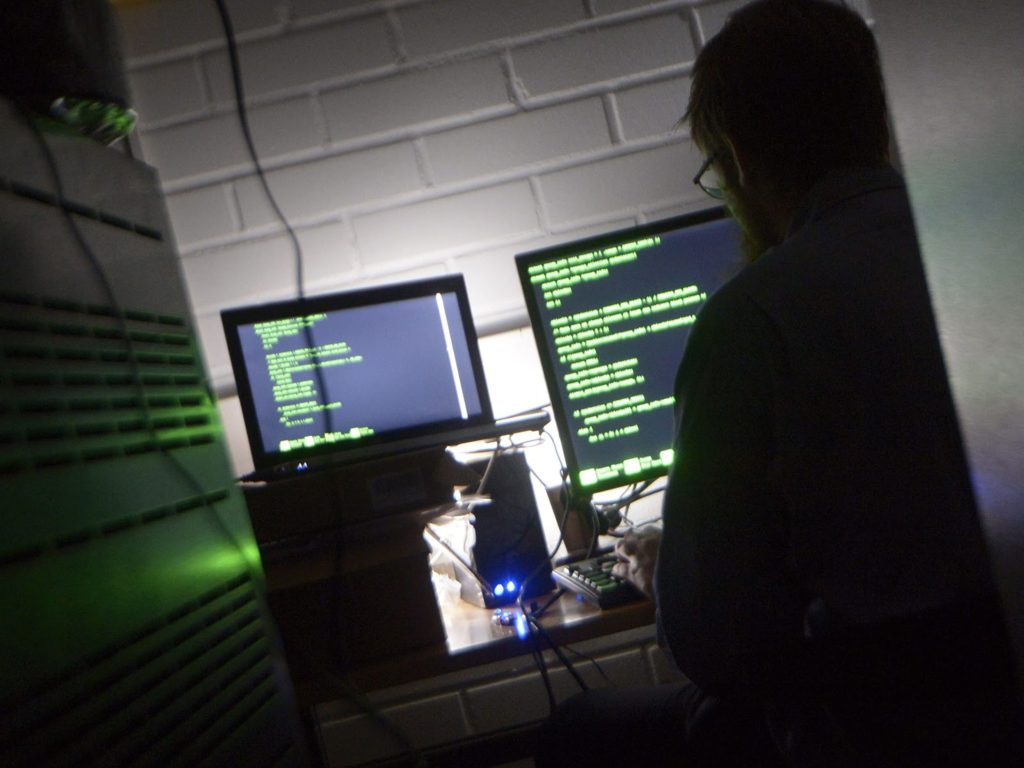Paper was one of the humanity’s earliest means of data storage. Since its invention in China almost two thousand years ago, it is still one of the most important materials that we use in our daily activities: it is used as means of payment in form of cash, many important documents are still signed on paper, paper books are still more popular than the electronic ones and at the end of the day, don’t you still scribble your notes on the business meetings in a paper notebook?

Civilization used paper for centuries (and it will likely continue to do so for several more): our ancestors managed to leave us hundreds of thousands historical documents and books. From these sources, we are able to get the valuable information about important historical events and the way our ancestors lived. Paper allows us to see the footprint that previous generations have left in the history. It is a truly unique invention, as important and significant as the use of fire, iron and the wheel.
Nonetheless its undisputed value and role in the history of the mankind, paper have its weak side: it is not able to resist the influence of the environment. Old paper documents may corrode and the information recorded may gradually fade away and disappear over long periods of time. Before the invention of the first printing presses in XVth century, old manuscripts were copied manually in handwriting. Despite the complexity of that process, people understood the importance of preserving the information for future generations and some even dedicated a lifetime to restore the old manuscripts for the future generations.

Nowadays the technical progress allows us to archive the information in a more safe and simplified way: through digitalization and electronic archiving.
The Telangana State Archives and Research Institute of Hyderabad, India has come up with a proposal for a digital library placing online all its documents that include ‘farmans’ and gazettes issued by erstwhile rulers and also a rich collection of manuscripts. The proposal has already been submitted to the State government for approval.
Once in place, the digital library will come as a boon for researchers, teachers, and students apart from the general public who at present have to go through a cumbersome manual process to check the material of their interest.
“Now, whenever a researcher or student approaches us, we take their request and locate the papers and hand them over. With the proposed system, students coming for research can view the information on computers connected to the server,” said a senior official.

The process has already been initiated and the institute has digitized more than 60 folios which are to be made available to the public through the digital library. The digitized content includes ‘farmans’, gazettes and manuscripts that were issued at different points of time by the then rulers. The impressive collection at the State Archives and Research Institute has thousands of documents related to the Moghal rule while the oldest document preserved here dates back to the year 1406 pertaining to Adil Shah.
Every year, researchers from the United States, United Kingdom, Germany, Japan, and Singapore among other countries visit the Institute for research.
Digital archiving has an important role in historical data preservation: as paper manuscripts and important historical documents are decaying under the influence of temperature, pressure and humidity fluctuations, there is always a risk of data loss. Therefore, digitalization becomes a must, rather than an option.
Just think about it: if the medieval monks would not copy the manuscripts back in the day, we would probably never know about some of the major historical events and scientific discoveries.
We at Falcon Technologies International understand the importance of historical data preservation. It is hard to underestimate the importance of these materials in the context of the history of the civilization. That was one of the ideas behind the development of FalconMEDIA Century Archival Disc – an optical media storage device, that is able to store data for centuries. Manufactured with use of gold and platinum layers technology, it is able to serve as a reliable and secure long-term data vault.
Source: Telangana Today



























 Falcon Technologies International LLC’s Research and Development team have created a solution that complies with the archival needs and requirements of the financial institutions and government entities. Our FalconMEDIA Century Archival CDs and DVDs with golden and platinum reflective layers showed outstanding results during the internal and third-party benchmarking tests: data stored on these professional archival discs stays accessible and integer for more than 500 years – timeframe that is enough to archive data for almost 7 future generations of the humanity.
Falcon Technologies International LLC’s Research and Development team have created a solution that complies with the archival needs and requirements of the financial institutions and government entities. Our FalconMEDIA Century Archival CDs and DVDs with golden and platinum reflective layers showed outstanding results during the internal and third-party benchmarking tests: data stored on these professional archival discs stays accessible and integer for more than 500 years – timeframe that is enough to archive data for almost 7 future generations of the humanity.



